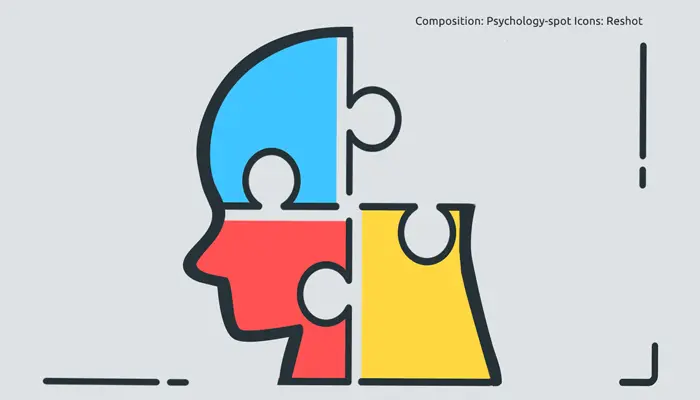
How many times have you repeated a phone number or someone’s name to yourself until you were tired and then forgot it? You have probably wondered how you could have forgotten it since you have repeated it dozens of times. Well, the answer lies in the “spaced memory effect.”
What is the spaced memory effect and how to take advantage of it?
This phenomenon refers to the fact that we tend to remember numbers or words more easily when we are exposed to them in a “spaced” way, rather than studying or repeating them continuously for a short period of time.
The effect of spaced memory was brought to light by Hermann Ebbinghaus in the distant 1885. At that time this psychologist had appreciated it in explicit memory tasks as well as in free recall, cued recall and recognition.
In practice, this phenomenon suggests that if we want to improve memory, it is better to space out the time in which we are exposed to the material. That is, instead of repeating a word dozens of times in a minute, it is better to repeat it fewer times but over a longer period of time.
Obviously, this technique also applies to studying. Which would mean that instead of enrolling in last-minute marathon sessions, the ideal would be to distribute the content that you must learn or memorize throughout the days before the exam.
But… why does this phenomenon occur? The effect of spaced memory has several explanations, one of the most accepted theories in the scientific community indicates that massive or repetitive presentations of content produce deficient cognitive processing. In simple words: the brain would become saturated after a short time and would no longer pay the same attention to subsequent information.
However, as they say in popular slang “Made the law found the deception”, there is also a way to trick the brain. According to later research, this reduction in cognitive processing capacity could be circumvented if, for example, we read the material in a different size and font type. In the event that we must remember faces, it would be enough to give them a different orientation. In summary, the objective would be to introduce some new detail in the information to be remembered because in this way we would be forcing our brain to work at “maximum capacity” again.
Finally, it is worth clarifying that the effect of spaced memory also affects advertising, so companies that are dedicated to Marketing should take it into account. According to an experiment carried out in 2005, advertisements that were presented spaced apart were more likely to be remembered, to the detriment of those that were presented twice in the same commercial break. As if that were not enough, these researchers discovered that, regardless of the variations included in the advertisements to differentiate them and recapture the consumer’s attention, the recall rate increased more the more spaced out the exposure.
References:
Appleton-Knapp, SL; Bjork, RA & Wickens, TD (2005) Examining the spacing effect in advertising: Encoding variability, retrieval processes, and their interaction. Journal of Consumer Research; 32(2): 266-276.
Russo, R. & Wilks, J. (1998) Revising current two-process accounts of spacing effects in memory. Journal of Experimental Psychology: Learning, Memory, and Cognition, 24(1), 161-172.




Leave a Reply